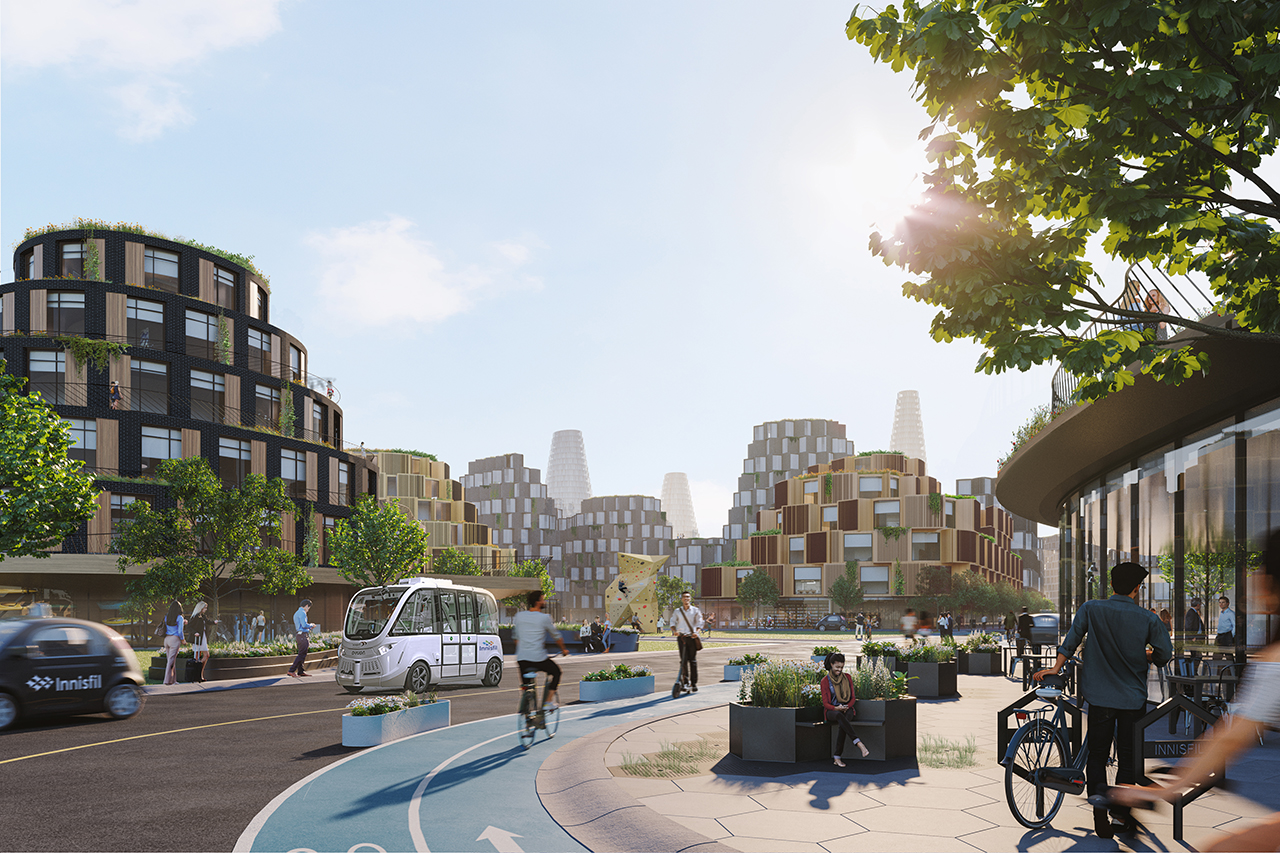"With 91 per cent of all new residential development in Winnipeg’s metropolitan area occurring in distant suburbs, population density continues to decline every year. Older neighbourhoods have also become less dense, with most having 20 to 30 per cent fewer people living in them today than in the 1970s. This decline means that existing infrastructure such as roads, sewers, schools, parks, pools, arenas and libraries, is serving a much smaller population than it was built for, while at the same time, taxpayers incur the cost of new infrastructure required to support growing outer neighbourhoods."
...
"The costs of a larger, lower-density city go well beyond its impact on taxes. In 1996, 37 per cent of Winnipeggers lived within five kilometres of downtown; today, that has been reduced to 28 per cent. Over the same time, the number of people living between 10 and 15 kilometres from the centre has almost doubled, to 21 from 12 per cent. "
...
"These greater distances mean longer commute times and more traffic congestion, resulting in lost employment productivity, and higher personal costs of vehicle ownership. Longer travel distances mean fewer trips using alternate forms of transportation, including walking and biking, which can impact public health-care costs and absenteeism. Winnipeg is the only major Canadian city where public transit use is lower than it was in 1996."





